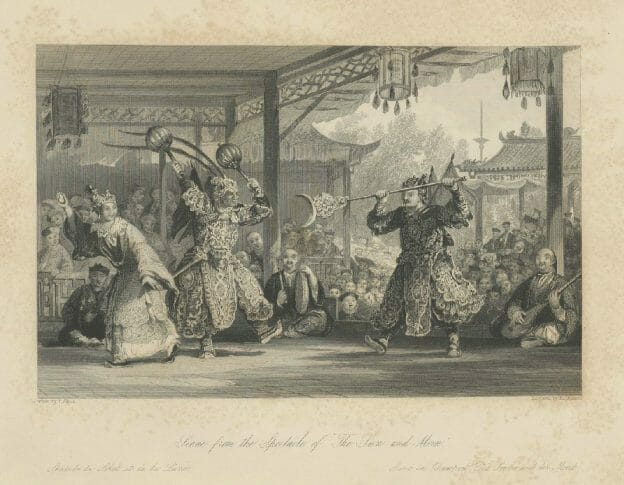The Earl George Macartney Collection launches this month in Archives Unbound. It is a new digitisation of a fascinating resource – letters, books, sketches and journals relating to the important Macartney mission from George III to the Chinese Emperor Qianlong in 1792–1794. The Charles Wason Collection at Cornell is the largest collection of material on this event held in one place, covering a period from 1784 to 1916. This valuable piece of Anglo-Chinese history is now available in Gale’s Archives Unbound programme, where it sits alongside collections such as Papers of the British Consulates and Legation in China (1722–1951), the Chinese Recorder and the Protestant Missionary Community in China, 1867–1941. Below Dr Liren Zheng, curator of the collection at Cornell University Library, explains the importance of both the eighteenth-century mission and the accumulation of this material into one holding.
Great Britain
Collection Highlights – State Papers Online Eighteenth Century, Part IV: Scandinavia, Eastern Europe and Turkey
State Papers Online Eighteenth Century, Part IV: Scandinavia, Eastern Europe and Turkey is now available. The final part in the State Papers Online Eighteenth Century programme, Part IV rounds out the State Papers collection of 1714-1782 with series from Denmark, Sweden, Poland and Saxony, Prussia, Russia, Turkey and the Barbary States, as well as volumes of Treaties, papers sent to the British Secretaries of State from foreign ministers in England, and ‘confidential’ and intercepted letters between key figures in international politics. Joining the domestic, military, naval and registers of the Privy Council of Part I to the full scope of the State Papers Foreign offered in Parts II, III and IV, the State Papers Eighteenth Century collection represents the government of Britain at home and abroad in unequalled depth.
Including primary source material spanning decades from some of the most powerful courts in Europe, there is much to be discovered. With such a wealth of material available, where to begin? In this blog post I providea starting point, exploring just some of the highs and lows of Part IV for researchers, scholars and the perennially curious to explore.


